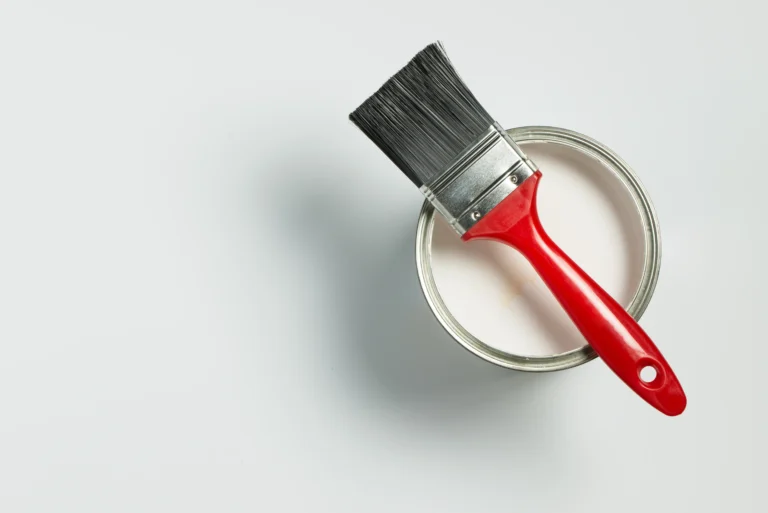Taking on a room painting project can be incredibly rewarding, transforming the look and feel of your space with just a few coats of color. But before dipping the roller into the tray, most homeowners want to know: how long would it take to paint a room?
The answer isn’t one-size-fits-all. Several variables come into play, including room size, preparation requirements, the number of coats, drying time, and whether you’re working solo or with help. Whether you’re painting over an old color, adding an accent wall, or starting from scratch with fresh drywall, understanding the time commitment involved helps you plan better and avoid rushing the process. Let’s get into how long would it take to paint a room.

Factors That Affect Painting Time
Several key elements determine how long it would take to paint a room. On average, a standard 10×12 room with minimal prep work and two coats of paint can be completed in 6 to 8 hours. However, that estimate changes with the following factors:
- Room size: Larger rooms naturally require more time due to increased surface area.
- Wall condition: Holes, cracks, or uneven surfaces require patching, sanding, and sometimes priming, extending total time.
- Number of coats: Darker colors or major color changes may require extra coats for full coverage.
- Drying time between coats: Most latex paints require at least 2 to 4 hours of drying between coats.
- Ceilings and trim: Including these in your project adds to the total hours required.
If you include ceiling painting and detailed trim work, a one-day project can stretch into two or even three days depending on your pace and experience level.
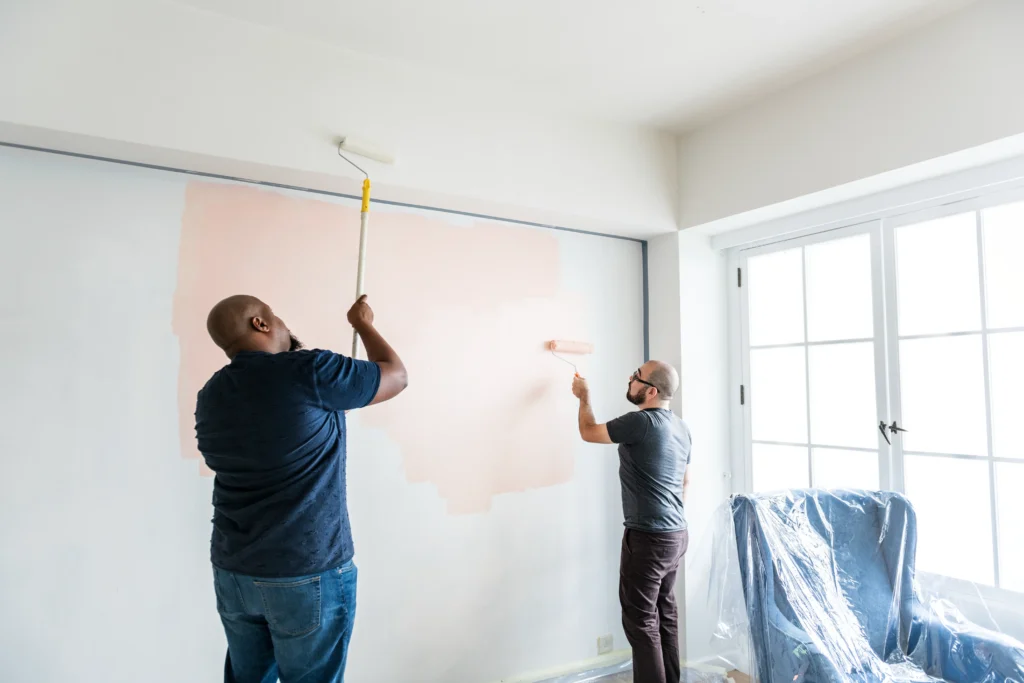
The Breakdown of a Painting Project Timeline
To better understand how long it would take to paint a room, let’s break the process into four key stages: preparation, cutting in, rolling, and drying.
1. Preparation (1 to 2 hours)
Prep is arguably the most time-consuming part of the job. It includes:
- Moving or covering furniture
- Laying down drop cloths
- Cleaning the walls
- Patching holes and sanding rough areas
- Taping off edges with painter’s tape
Skimping on prep may save time in the short term, but it often leads to uneven finishes, paint splatters, or poor adhesion that could cost more time in touch-ups later.
2. Cutting In (1 to 2 hours)
Cutting in involves using a brush to paint the edges around ceilings, baseboards, corners, and windows before using a roller on the larger wall areas. This requires a steady hand and patience, especially for crisp, clean lines.
For an average-sized room, cutting in the first coat can take an hour or more, depending on your skill level. The second coat typically goes faster.
3. Rolling the Walls (1 to 2 hours)
Once the edges are done, the bulk of the painting is completed with a roller. Rolling one coat on the walls of a standard room can take roughly 45 to 60 minutes. Multiply that by two if you’re applying a second coat, and factor in additional time if the surface is porous or if you’re making a dramatic color change.
Rolling tends to be faster than cutting in, but it still requires attention to avoid streaks, missed spots, or paint buildup.
4. Drying and Recoating (2 to 4 hours)
Between coats, latex paint typically needs 2 to 4 hours to dry, depending on humidity and temperature. Oil-based paints may need longer.
While you can work on cleanup or start cutting in the next section during this window, you’ll need to wait for the walls to dry before applying the second coat. Always follow the manufacturer’s guidance for optimal results.
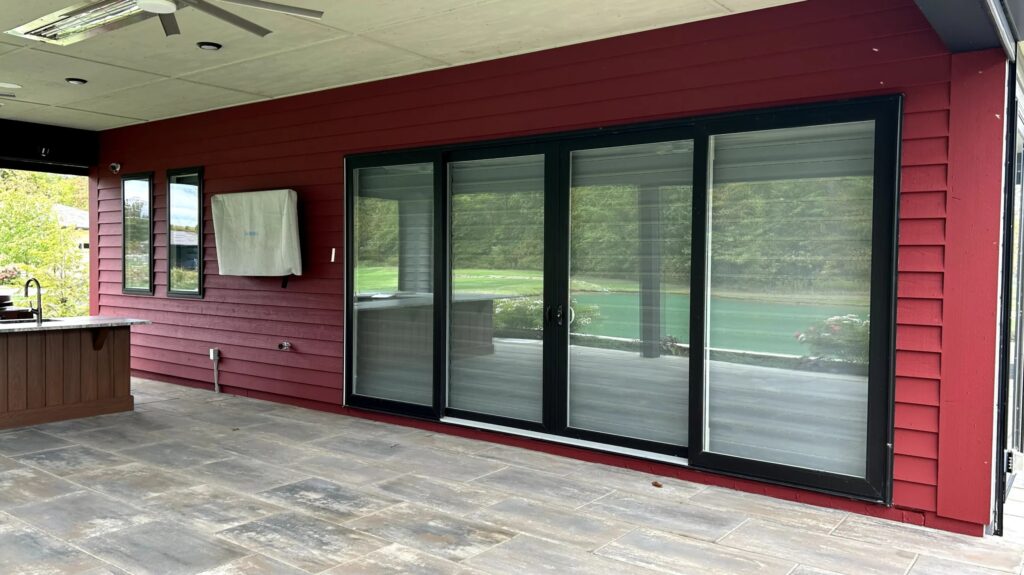
Skill Level and Experience
If you’re a first-time painter, the process may take longer than anticipated. Learning proper techniques for taping, brushing, and rolling efficiently takes time. On the other hand, experienced DIYers or professional painters can significantly reduce overall time through speed, confidence, and the use of higher-quality tools.
Hiring a professional crew can cut the project duration in half or more, especially if multiple painters work together on prep, cutting in, and rolling simultaneously. Skill definitely is one of the most important factors of what constitutes how long would it take to paint a room.
Tools and Materials Make a Difference
High-quality brushes and rollers distribute paint more evenly and reduce the need for multiple touch-ups. Using extension poles for rolling, ergonomic brushes for cutting in, and paint trays with liners can also save time.
Paint-and-primer-in-one products may reduce the number of coats needed, though they may not always eliminate the need for separate priming depending on the surface.
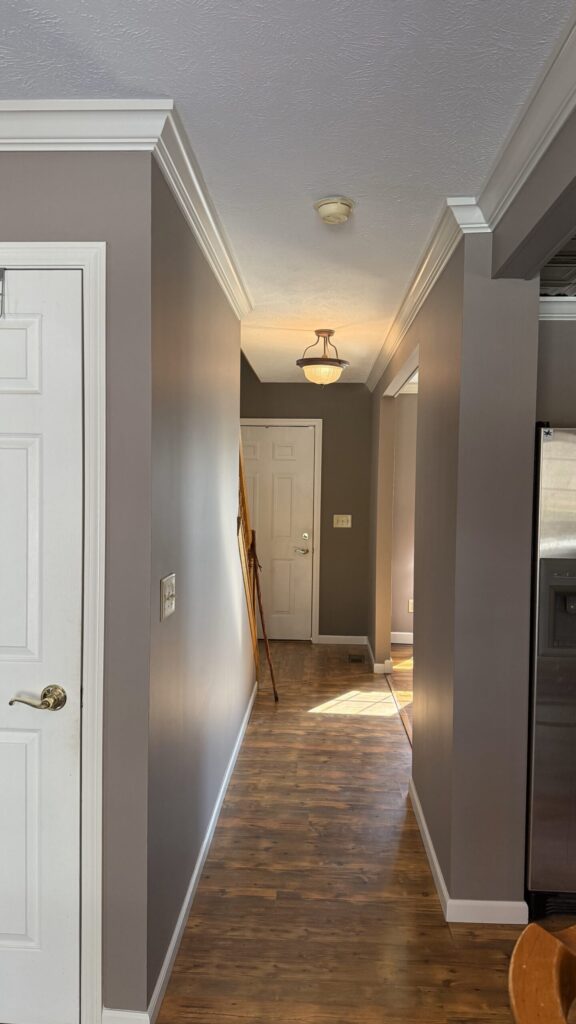
Dry Time vs. Curing Time
While the paint may feel dry to the touch in a few hours, it takes much longer to fully cure. Curing refers to the point when paint hardens completely and achieves its final durability. This can take up to 30 days, though light contact is generally safe after 24 to 48 hours.
During the curing process, avoid scrubbing or washing painted surfaces. Wait until curing is complete before hanging pictures or applying wall decals.
When to Consider Hiring a Pro
If your timeline is tight or the room presents unique challenges—such as high ceilings, ornate trim, or poor wall condition—hiring professionals can ensure a high-quality result without the added stress.
At Four Seasons Painting Co, we provide efficient, reliable service with exceptional attention to detail. We handle everything from prep to clean-up, ensuring the job is done right and within your timeframe.
We often finish projects in a single day that might take homeowners an entire weekend, thanks to our experience, precision, and streamlined process.
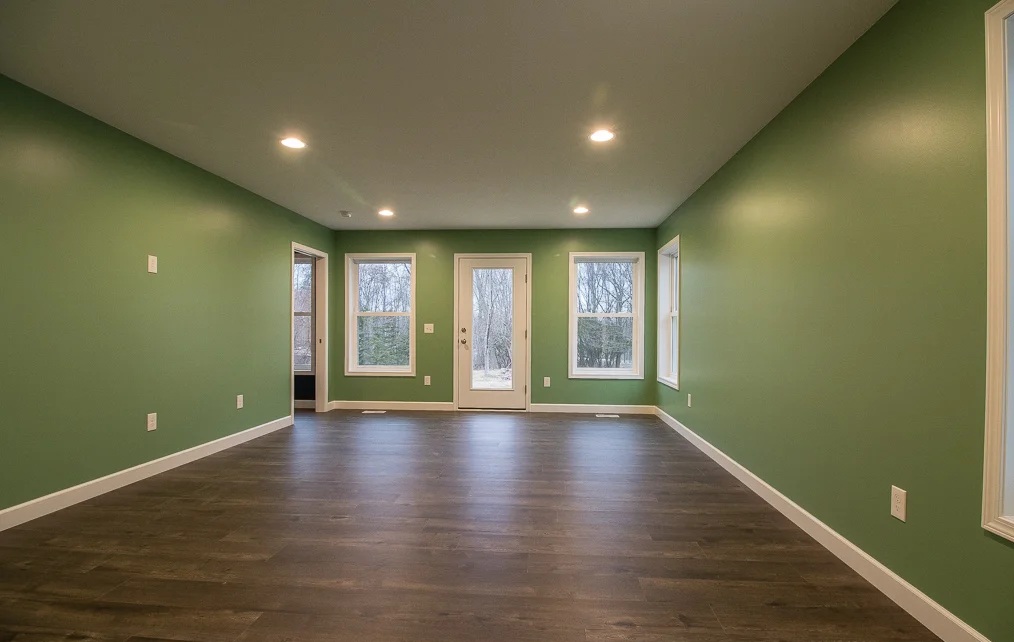
Additional Resources for Time Planning
For more help estimating your time commitment, use online room painting calculators from Sherwin-Williams, Benjamin Moore, or Behr. These tools can guide you based on room size, surface type, and number of coats.
Video tutorials from This Old House, HGTV, and Family Handyman can also help you plan and visualize the entire process.
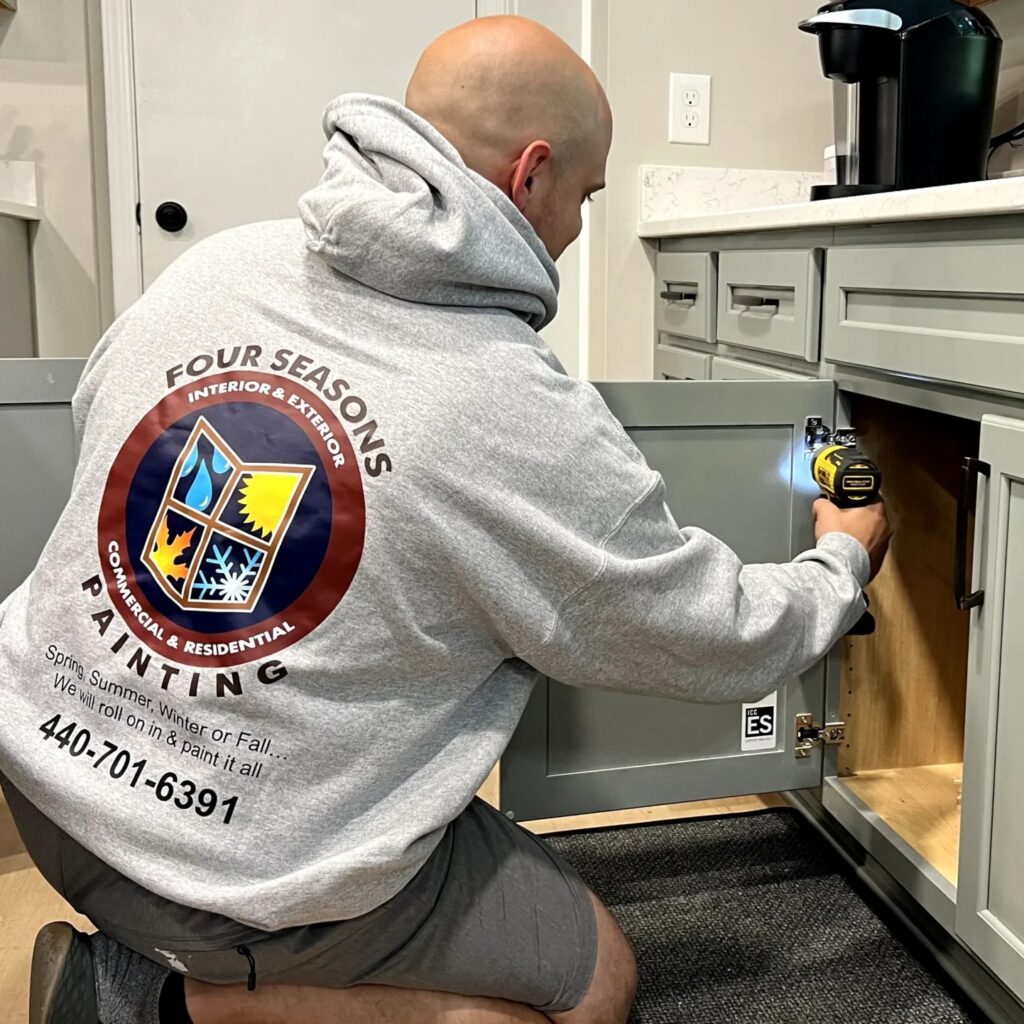
Conclusion – How Long Would it Take to Paint a Room
So, how long would it take to paint a room? In most cases, expect 6 to 10 hours spread across two days for a DIY project, depending on size, prep, and drying time. Experienced painters or professional crews can complete it faster, especially with the right tools and planning.
By breaking the process into manageable stages and preparing thoroughly, you can achieve a high-quality finish that adds beauty and value to your space. And if you’re looking for professional support, Four Seasons Painting Co. is here to help you meet your project goals with speed, precision, and care. We hope this helps you understand how long would it take to paint a room.

